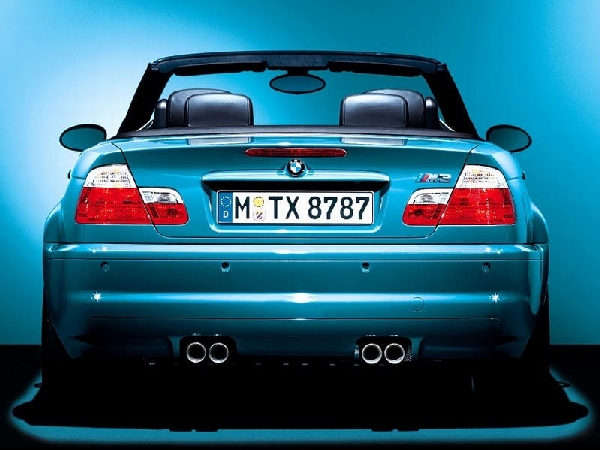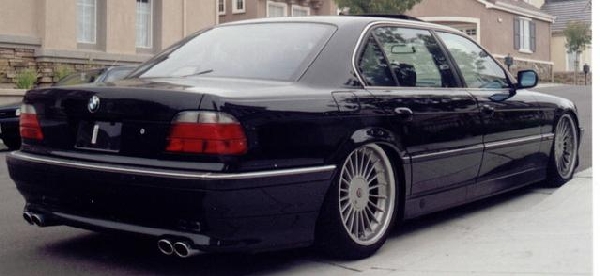BMW

BMW |
 |
| Audi | BMW | Ford (Europe) | Mercedes-Benz (DaimlerChrysler) | Opel (Vauxhall) | Porsche | Volkswagen |
Bayerische Motoren Werke (or Bavarian Motor Work) was established in 1913 as an aircraft engine maker although the name was not adopted until 1917. In the whole pre-war era its business was mainly concentrated to aircraft engines and motorcycles, which is now the biggest in Europe.
Its first production car was a simple and cheap car named "Dixi", which was simply an Austin Seven produced under licensed. However, it was the 2-litre sports car 328 which made reputation for the company in 1936. This elegant and aerodynamic efficient sports car had strong presence in motor racing and took a class victory in Mille Miglia.
After WWII and a 3-year ban of production by Allies, it started working on its own mass production car. The model 501 was presented in 1951. Then came the classic V8 sports car 507. However, BMW was not classified as a volume car maker by making these commercially unsuccessful models. What it needed is the model 1500 which appeared in 1962. The compact sport sedan pointed to the correct direction, which led to even more success in the following 02 series. With the powerful 2002 and even 2002 turbo, BMW emerged as an expert of sports sedans.
The Motorsport division was established in 1972 and developed the M-cars, starting from the mid-engined M1. At the same year, the business expanded to larger cars, 5-series.
When the 3-series was launched in 1975, there was still no one else realised the potential of the market opened by BMW. When Mercedes finally did it with the 190E in 1985, the 3-series had already entered its second generation. The third generation in 1991 was even more successful, it left a record that the current generation hard to match.BMW continued going upmarket by introducing 7-series in the early 80?s. The first generation was not really as luxurious as Mercedes? big model, but the second generation in 1987 really did that. It even introduced a V12.
BMW continued going upmarket by introducing 7-series in the early 80?s. The first generation was not really as luxurious as Mercedes? big model, but the second generation in 1987 really did that. It even introduced a V12. However, BMW is not always successful. The replacement of 6-series by the big and expensive but cramped 8-series was a failure. The Z3 roadster also received many criticism about its handling as well as styling. Luckily, BMW did not make such mistakes in its main stream sedan models.
Another failure is the take over of Rover Group in 1994. The loss in Rover nearly offset the profit generated by its German mother company so that BMW eventually sold it in 2000.
Sales figureIn 2001, 904,335 BMW-brand cars were produced, 8.4% up from the previous year. Another 42,395 Minis were built in less than a year.LocationSubsidaryHeadquarters : Munich Plant for Z3 : Spartanburg, USA. Famouse ModelsMini (UK) - brand Rolls-Royce (UK) Triumph (UK), Riley (UK) - unused. Taken from Rover. 328 - the little sports car that made name for BMW
507 - a rare BMW V8 sports car, beautiful but slow.
2002 - started the success of making compact sports sedans
3.0CS - finest BMW coupe until today
M1 - the first and only one mid-engined sports car for BMW, 24 valves six evolved to power nearly every M-cars.
M3 (1987) - the first M3 is the lightest and offers the best steering
M5 (1990-92) - the second generation M5 is both elegant and exciting.
3-series E36 (1991) - the best 3-series
M5 (1998) - the first V8 M-car with 400hp under hood
 |
 |
 |
 |